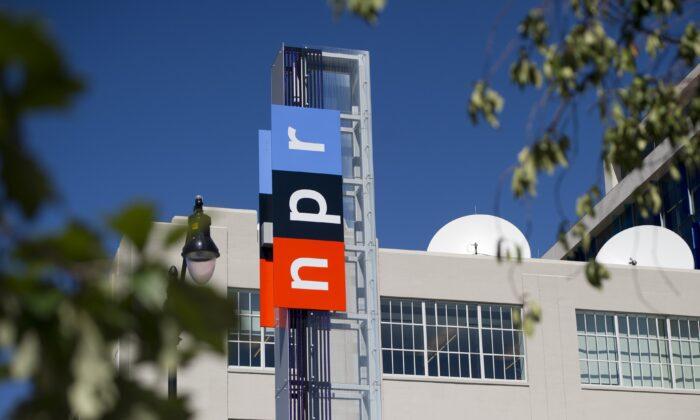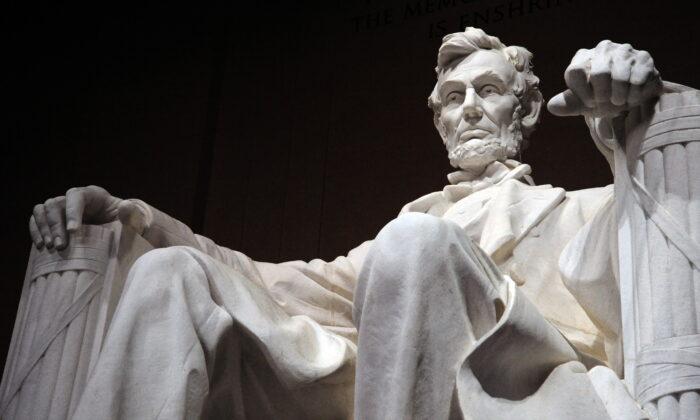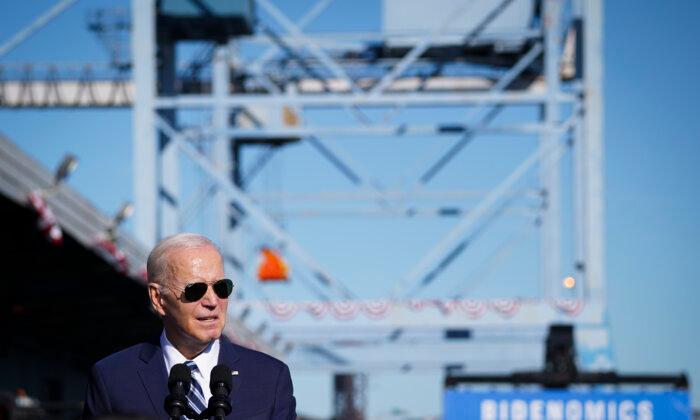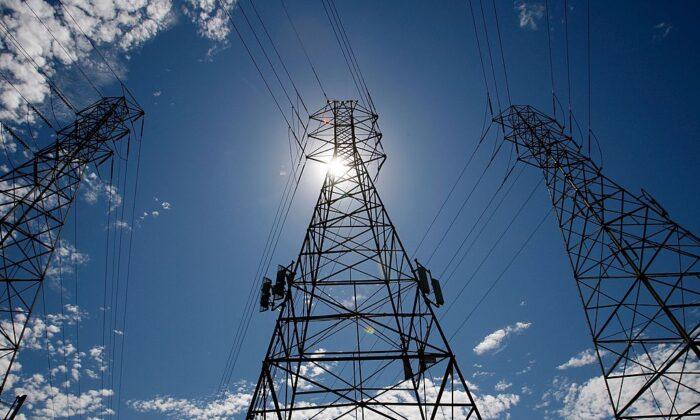Commentary
We’re nearing the finish line at last. We know what we’re going to add to eliminate virtually all fossil fuels from New York state by 2030: new renewable power-generation assets capable of producing 600 million megawatt-hours of electricity per year.
We know what those assets are going to be: 20,551 new wind turbines, each rated at 10 megawatts (MW); 134,000 MW of solar generation; and 117,000 MW of battery-storage capacity.
As an aside, in theory, one could reduce the number of wind turbines by adding more battery storage. The problem with that solution is that the capital cost of battery storage is about 50-percent higher than the capital cost of wind turbines, on a per-MW basis, according to the Energy Information Association (EIA). (Operating and maintenance costs are virtually identical.) Accordingly, green New York would get more expensive with more battery storage, so we’re packing in as many wind turbines as we can to “brute force” a solution.
Two questions remain: How will this massive project transform the topography of New York state? And, how much will it cost? The short answer to both can be summed up in two words: “a lot.”
Land Use
Topography first. As a rule of thumb, to get the most out any wind turbine, it needs to command an area seven times the diameter of its rotor disc. The rotor-disc diameter of the MHI Vestas V164 wind turbine, our chosen wind-generation asset, is 164 meters. When one applies the “rule of seven” to the V164 and does the math, that means that each new wind turbine will require 1.6 square miles of land within which to operate. When we deploy all 20,551 new turbines, about 33,000 square miles of New York will be affected. That’s an area roughly the size of South Carolina.Some may consider this a problem, given that the entirety of New York covers 54,554 square miles. Thus, about 60 percent of the state would be needed to accommodate the new wind turbines and their areas of influence.
We can use all of New York’s farmland, a little more than 13,000 square miles, to deploy nearly half—42 percent—of the new fleet. Wind farms work well with agricultural farms, since crops don’t grow tall enough to interfere with the turbine’s ability to collect wind energy. What of the remaining 20,000 square miles that are required?
If we knock out the 5,500 square miles of urban land in New York, along with the 2,000-odd square miles covered in water within the state, we’re left with a remaining pool of land totaling just short of 34,000 square miles, described as “forest or wild lands.”
Some of the forest or wild lands are barren, but not much. New York, as anyone who has driven through the state knows, is heavily forested. Unfortunately, trees do interfere with wind power. Sure, there might be some forests that consist largely of relatively small trees, but there are also a lot of forests that feature majestic coniferous and deciduous varieties of tree that stretch far upward to the heavens. This leaves New Yorkers with a cruel choice: take down at least some of the biggest trees to accommodate new wind farms or admit that going 100-percent green may not be the most practical strategy.
Relatively speaking, the space requirements for our new solar assets are much more reasonable. The largest solar farm in the United States is Solar Star I and II, which is located in Southern California. That plant has a capacity of 579 MW and covers 13 square kilometers. That works out to 44.5 MW/square kilometer, which is the factor I used to calculate the total area of solar generation capacity required for New York. The total comes out as 1,164 square miles, a bit smaller than the state of Rhode Island.
How Much Is The Cost?
Moving on, let’s talk about costs. There are two sorts of basic costs associated with any power project: capital costs, and operating and maintenance (O/M) costs. Contrary to what some seem to believe, neither wind power nor solar power is “free.” The assets needed to turn wind and solar rays into electricity cost money to build and to install. Money costs money, because banks aren’t in the business of giving developers zero-interest loans. Wind turbines require cleaning and maintenance, as do photovoltaic cells and the complex infrastructure needed to move the electricity they generate onto the grid.Both capital and O/M costs are commonly defined in the power industry on a dollars-per-kilowatt (kW) basis. For example, current EIA data puts the capital cost of wind power at $1,877 per kW. There are 1,000 kW per MW, so the capital cost of a 10 MW wind turbine should be around: 10 times 1,000 times $1,877 equals $18,770,000.
Using these and other EIA benchmarks, we arrive at the following invoice to pay for a green New York:
• Wind turbine assets: $386 billion in capital costs and $8 billion per year O/M
• Solar power assets: $340 billion in capital costs and $3 billion per year O/M
• Battery storage: $330 billion in capital costs and $4.7 billion per year O/M
• Total: $1 trillion capital investment and $15.7 billion per year O/M
The entire New York State budget in 2018 was $189 billion.
My best guesstimate is that green New York would cost each New York household around $10,000 per year.
It can be said that I have ignored certain savings in this analysis. New York residents would no longer have to pay for gasoline, for example. Nor would they have to pay for natural gas. Plus, would not new jobs be created to produce all of these assets and new infrastructure?
Fair enough, but there’s a flip side to those arguments. In my effort to keep this analysis relatively simple, I also ignored a lot of additional things that should go on the debit side of the green New York ledger.
Capital costs would be substantially higher than what I calculated, for example, when one adds in all the new infrastructure required (new transmission lines, switchyards, etc.) to make green New York a reality. Legal costs and permitting delays would factor in, since every power project attracts opposition of some sort, be it bird lovers who believe wind turbines decimate avian populations, people terrified of electromagnetic fields associated with high-voltage transmission lines, and many, many others who can obstruct projects in the name of public participation.
The cost of money hasn’t been considered, an expense that isn’t insignificant on a long-term note needed to finance large power projects. There are also unintended financial consequences, like the loss of fuel-tax revenue. Taxes on gas and diesel pay for road upkeep. If gas and diesel go away, so does that revenue. A new tax would surely be needed.
Finally, while there would be job gains in the renewable energy part of the economy, there would also be substantial losses. From the teen working at the local gas station, to the engineers running the oil refineries, to the technicians who maintain the natural gas pipelines, and so many others, millions of American depend on the energy and petrochemical industries for gainful employment. A green New York puts all of them out of work. They, too, should matter.
This installment concludes this series. I hope you have enjoyed it and found it informative. My intent—as a scientist who deplores the current climate that too often politicizes science for prurient ends—has been to stimulate a reasoned discussion that fairly considers the costs and benefits of U.S. energy policy. Absent of that sort of discussion, the best of our intentions are doomed to failure.
Richard J. Trzupek is a chemist and environmental consultant as well as an analyst at the Heartland Institute. He is also the author of “Regulators Gone Wild: How the EPA Is Ruining American Industry.”
Views expressed in this article are opinions of the author and do not necessarily reflect the views of The Epoch Times.





